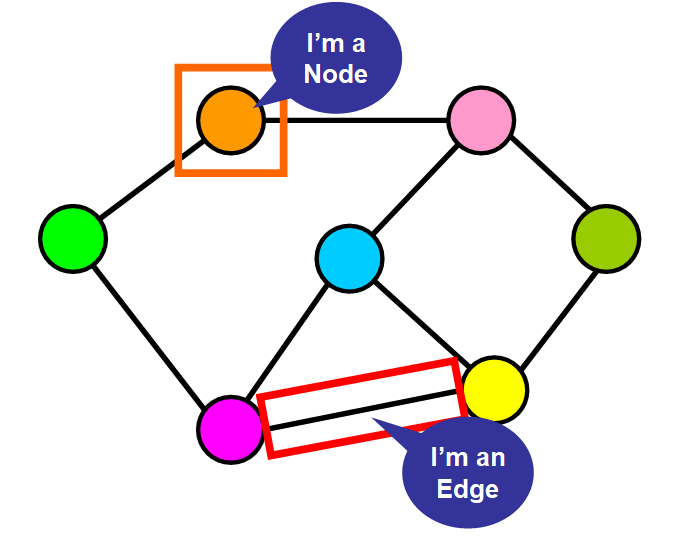
Introduction:
In the realm of computer science and data structures, the graph is a fundamental concept used to model relationships between objects. It provides a powerful framework for representing complex networks and solving various real-world problems. In this blog post, we will delve into the world of graph data structure, exploring its definition, components, and operations, all accompanied by illustrative examples.
Table of Contents:
- What is a Graph?
- Components of a Graph
- Types of Graphs a. Undirected Graph b. Directed Graph c. Weighted Graph d. Bipartite Graph
- Representing a Graph a. Adjacency Matrix b. Adjacency List
- Graph Operations a. Adding Vertices and Edges b. Removing Vertices and Edges c. Traversing a Graph d. Graph Search Algorithms
- Graph Applications a. Social Networks b. Web Graphs c. Pathfinding
- Conclusion
Section 1: What is a Graph?
Begin by defining a graph and highlighting its significance in modeling relationships between objects. Discuss the basic characteristics of a graph, such as vertices (nodes) and edges, emphasizing their role in capturing connections between elements.
Section 2: Components of a Graph
In this section, elaborate on the components that constitute a graph. Explain what vertices and edges are, their properties, and how they define the structure of a graph. Touch upon the concept of degree, highlighting its importance in understanding the connectivity of a graph.
Section 3: Types of Graphs
Explore various types of graphs that exist and outline their unique characteristics. Describe undirected graphs, directed graphs, weighted graphs, and bipartite graphs, providing clear definitions and examples for each type.
Section 4: Representing a Graph
The different methods of representing a graph, namely the adjacency matrix and adjacency list. Discuss the pros and cons of each representation and provide examples illustrating their usage.
Section 5: Graph Operations
Outline essential operations that can be performed on a graph. Explain how to add and remove vertices and edges, emphasizing the impact on the overall structure of the graph. Discuss graph traversal techniques, such as breadth-first search (BFS) and depth-first search (DFS). Additionally, introduce popular graph search algorithms like Dijkstra’s algorithm and A* algorithm.
Section 6: Graph Applications
Highlight the practical applications of graph data structures. Discuss how graphs are used to model social networks, web graphs, and facilitate pathfinding algorithms. Provide concrete examples to illustrate each application.
Section 7: Conclusion
Summarize the key points covered in the blog post, emphasizing the importance and versatility of graph data structures. Conclude by encouraging readers to explore graphs further and apply their knowledge to solve real-world problems.
Graph data structures offer a powerful framework for representing relationships and solving complex problems. By understanding the components, types, and operations associated with graphs, you can unlock a wide range of applications in various fields. Whether you are exploring social networks, analyzing web graphs, or implementing pathfinding algorithms, graphs are an essential tool in your arsenal. Armed with the knowledge presented in this blog, you are now ready to embark on your graph exploration journey. Happy graphing!
